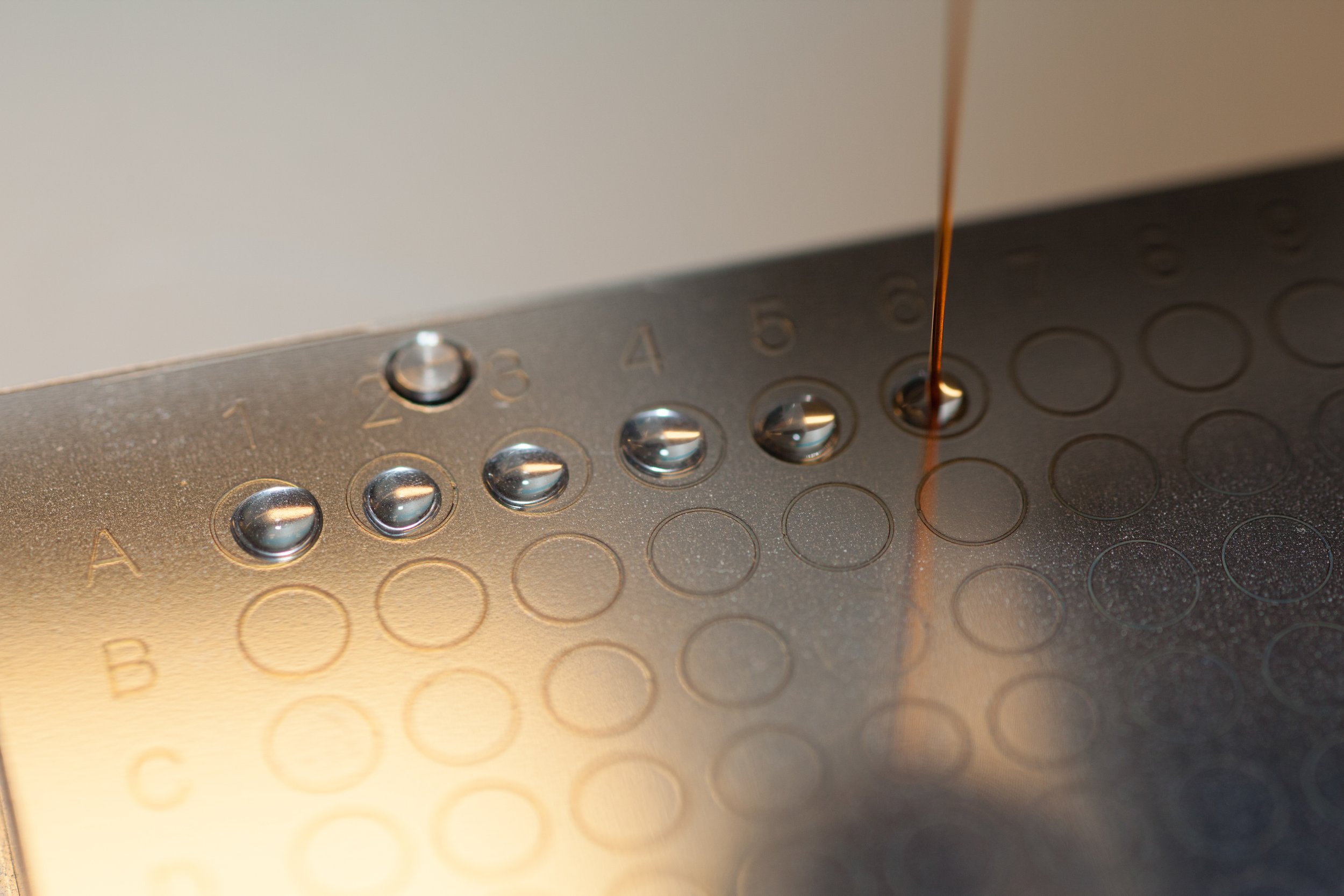
Our Methods
POW’s power lies in its innovative multiproxy analysis operating between macroscopic and molecular scales. We invite you to explore our methods.
-
Our field team uses environmental floatation to remove preserved plant remains from soil samples. These are then sent to Dr Aldona Mueller-Bieniek at the University of Warsaw for identification. Charcoal samples are sent for analysis at Quest, University of Reading.
-
Ancient DNA will be extracted from a horse tooth for sequencing to determine genetic sex and (hopefully) coat color. Analysis is conducted by Professor Katarzyna Ropka-Molik at the National Research Institute of Animal Production at Kraków, Poland.
-
A technical rendering will illustrate the results of our analysis, depicting the actions directly and indirectly related to the horse sacrifice.
-
Material for all other analyses will be excavated August 2022 by the core research team, community volunteers and UK archaeology students. Excavation directed by Professor Maciej Karczewski and Dr Małgorzata Karczewska.
-
Multielement and organic geochemical analyses via p-XRF and GC-MS identifies traces of activities such as animal waste and refuse disposal from residues in the soils. These are plotted spatially to identify areas of activity within and between the horse burial and other deposits. Geochemistry research plan designed and executed by Dr Rowena Banerjea in coordination with Quest, University of Reading.
-
Histological thin sections of charred and burnt bone fragments from pit deposits are created and analyzed to identify the level of burning intensity to reconstruct ritual processing. Analysis by Katie French, Cardiff University’s Bioarchaeology (CUBA) Laboratory.
-
87Sr/86Sr analysis of multiple teeth can document mobility over time by comparing strontium signatures from enamel to an expected baseline determined by the local bedrock geology. Enamel samples from the first and third molar will provide the strontium signature for the horse’s early and late juvenile period. Sample preparation by Drs Katie French and Richard Madgwick in Cardiff University’s Bioarchaeology (CUBA) Laboratory and CELTIC. Drs Morten Anderson and Marc-Alban Millet run the samples through the mass spectrometer in CELTIC.
Accelerated Mass Spectrometry (AMS) radiocarbon dating establishes the absolute chronology of the excavated features to supplement the established site chronology based on artifact typologies.
-
Micromorphological analysis facilitates an excavation under the microscope to understand the composition, formation and post- depositional alteration of sediment under various parts of the horse carcass and in associated pit features. Analysis by Dr Rowena Banerjea in coordination with Quest, University of Reading.
-
Three-dimensional photogrammetry refers to the digital reconstruction of the horse sacrifice deposit from high-resolution field photography. Field recording, image processing and digital modeling by Professor Aleks Pluskowski and Dr Rowena Banerjea
-
Fragments of unidentifiable bone will be submitted for ZooMS (Zooarchaeology by Mass Spectrometry). This method identifies species based on measurable differences in the collagen peptides extracted from bone. Analysis by Dr Katie French in collaboration with Professor Matthew Collins at the McDonald Institute of Archaeological Science, Cambridge University.
-
Standard zooarchaeological methods are used to record the horse burial in detail. This includes a full biological profile (age, sex, skeletal pathologies, etc.) and osteometrics (standard measurements of bones to estimate whithers heights, etc.). Analysis by Dr Katie French in the field and at the Cardiff University Bioarchaeology (CUBA) Laboratory.